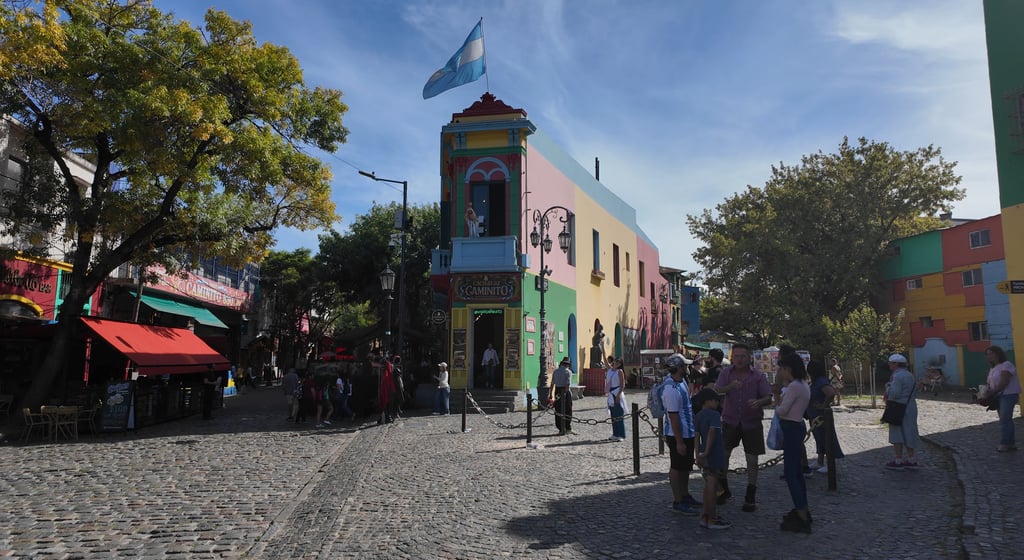Things to Know Before You Go to Buenos Aires, Argentina
ARGENTINA


Buenos Aires Should Be on Your Travel Radar
Buenos Aires, the capital city of Argentina, is known for its rich cultural heritage, lively arts scene, and European-inspired architecture. Often called "the Paris of South America," the city boasts grand boulevards, ornate theatres, and a sophisticated cafe culture. It currently has a population of about 15 million in the great metropolitan area.
The Spanish originally founded the city in 1536 and then later re-established the city in 1580 after conflicts with Indigenous Peoples. In 1810, the May Revolution marked the beginning of Argentina's struggle for independence from Spain and formal independence was declared in 1816. In the late 19th and early 20th centuries, many European immigrants, particularly from Italy and Spain, flooded into Buenos Aires and they had a huge influence on the city. The resulting melting pot of cultures also helped to give birth to Tango in the late 19th century, drawing largely from European and African influences.
Buenos Aires has something for all kinds of travellers whether you are a history buff, culture vulture, nature lover or foodie. For more information to help plan your trip, check out the Wander Yonder YouTube video below for an overview of Buenos Aires, Argentina, including travel highlights and insights from my month-long stay in the city. We explore some of the best neighbourhoods, including the historic heart of Montserrat, bohemian San Telmo, colourful La Boca, elegant Recoleta, and trendy Palermo.
Buenos Aires is Generally Safe for Tourists
Although Buenos Aires is generally considered to be fairly safe, it does experience petty crime and muggings. Be mindful of your belongings and surroundings at all times - and avoid doing anything that will make you a target, including wearing expensive jewellery, or flashing your expensive phone or camera. The neighbourhoods of Palermo and Recoleta are considered to be the safest areas, but extra precaution should always be taken at night to avoid being alone on dark empty streets. While the neighbourhoods of San Telmo and La Boca are safe and vibrant during the day, these areas are best avoided at night. I recommend using Uber to get around the city at night as it is reasonably priced, easy to use, safe and reliable.
Tap Water is Safe to Drink
Unlike many other cities in South America, the tap water is generally considered to be safe to drink in Buenos Aires. However, your system may need to adjust and you may experience an upset stomach. I had no problems drinking the tap water during my entire month-long stay in Buenos Aires, nor did I have any stomach problems with the food and drinks served in restaurants, cafes and bakeries throughout the city.
Money Matters
The Argentine Peso is the official currency. Many local ATMs charge very high fees for cash withdrawals so I suggest trying to limit your withdrawal transactions as much as possible. Credit cards are widely accepted at restaurants, cafes and bars, and I never had any issues using my phone to tap for credit card payments (while tipping was always requested in cash). However, be prepared for higher prices compared to many other countries in the region. Argentina has experienced rapid inflation in recent years, reaching a peak of nearly 300 percent annually in 2024. As efforts continue to stabilize the economy in Argentina, exchange rates for visitors spending with foreign currencies are not as favourable as they once were in the county.

